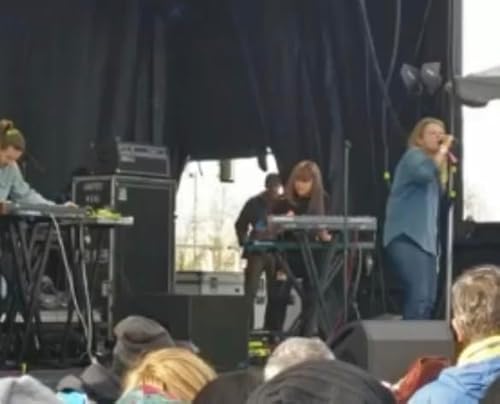
Music 101 in its third season, featuring The Evolution of HipHop from the Bronx to global dominance.
Échec de l'ajout au panier.
Échec de l'ajout à la liste d'envies.
Échec de la suppression de la liste d’envies.
Échec du suivi du balado
Ne plus suivre le balado a échoué
-
Narrateur(s):
-
Auteur(s):
À propos de cet audio
Today’s episode is all about hip-hop, a genre that started humbly on the streets of the Bronx. Born in the 1970s, hip-hop has grown into a global phenomenon. Its story is one of creativity, resilience, and cultural power.
Hip-hop’s roots lie in block parties organized by DJs in New York City. Using turntables, DJs like Kool Herc extended breakbeats to keep people dancing longer. This innovation gave rise to a new sound that would transform music. From these gatherings, a movement was born.
Four key elements define hip-hop: DJing, MCing, breakdancing, and graffiti art. Together, they formed not just a musical style but a full cultural expression. Each element gave young people in the Bronx a voice and outlet for creativity. Hip-hop was, from the start, more than just beats and rhymes.
MCs, or rappers, began by hyping the crowd during DJ sets. What started as short chants and rhymes grew into lyrical storytelling. These verses reflected the struggles and joys of urban life. The rapper’s voice soon became hip-hop’s defining instrument.
Graffiti art was another bold form of expression tied to hip-hop. Young artists used spray paint to claim their identity across subway cars and city walls. For many, it was a way of being seen in a world that ignored them. Graffiti became hip-hop’s visual heartbeat.



